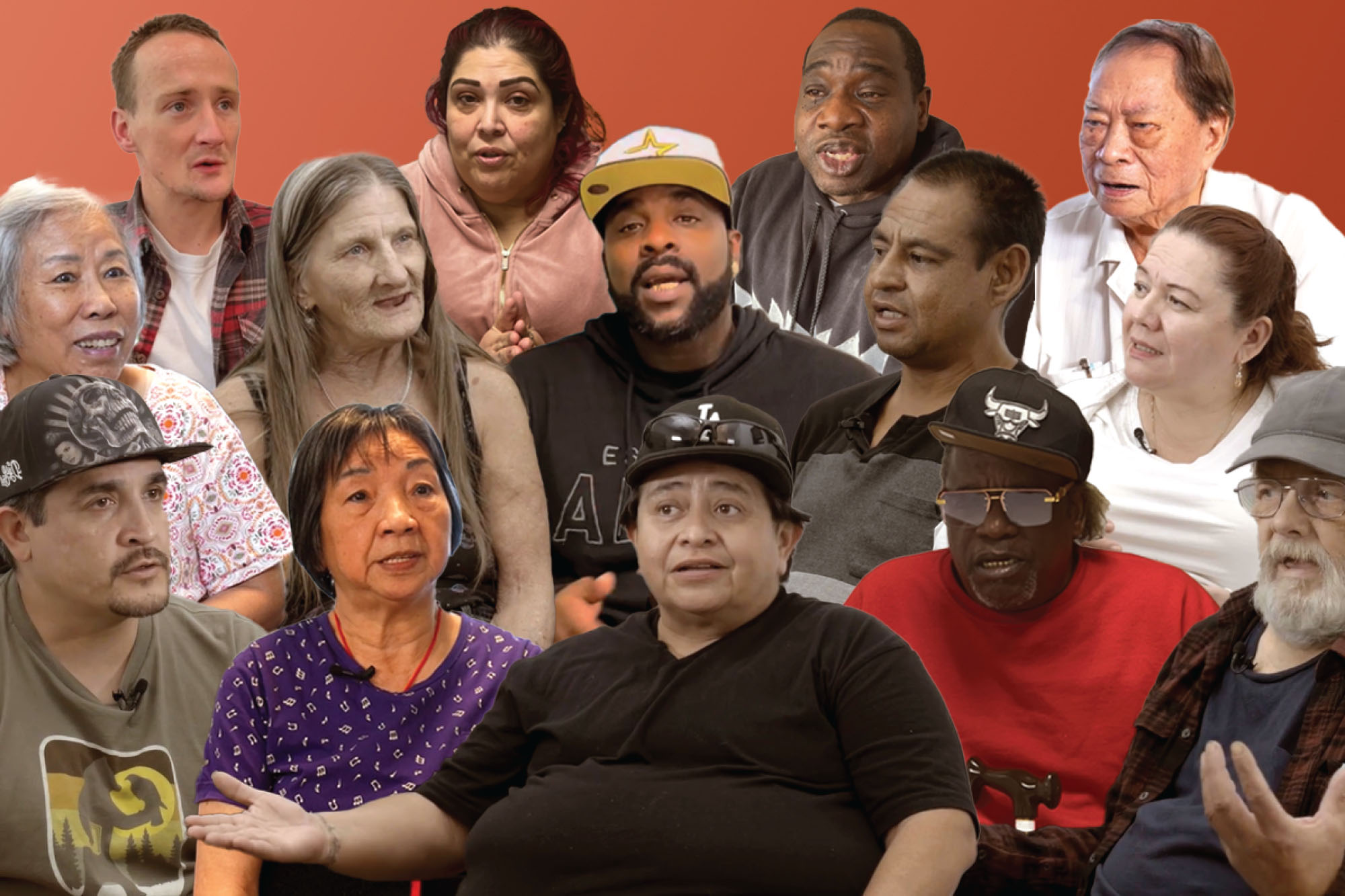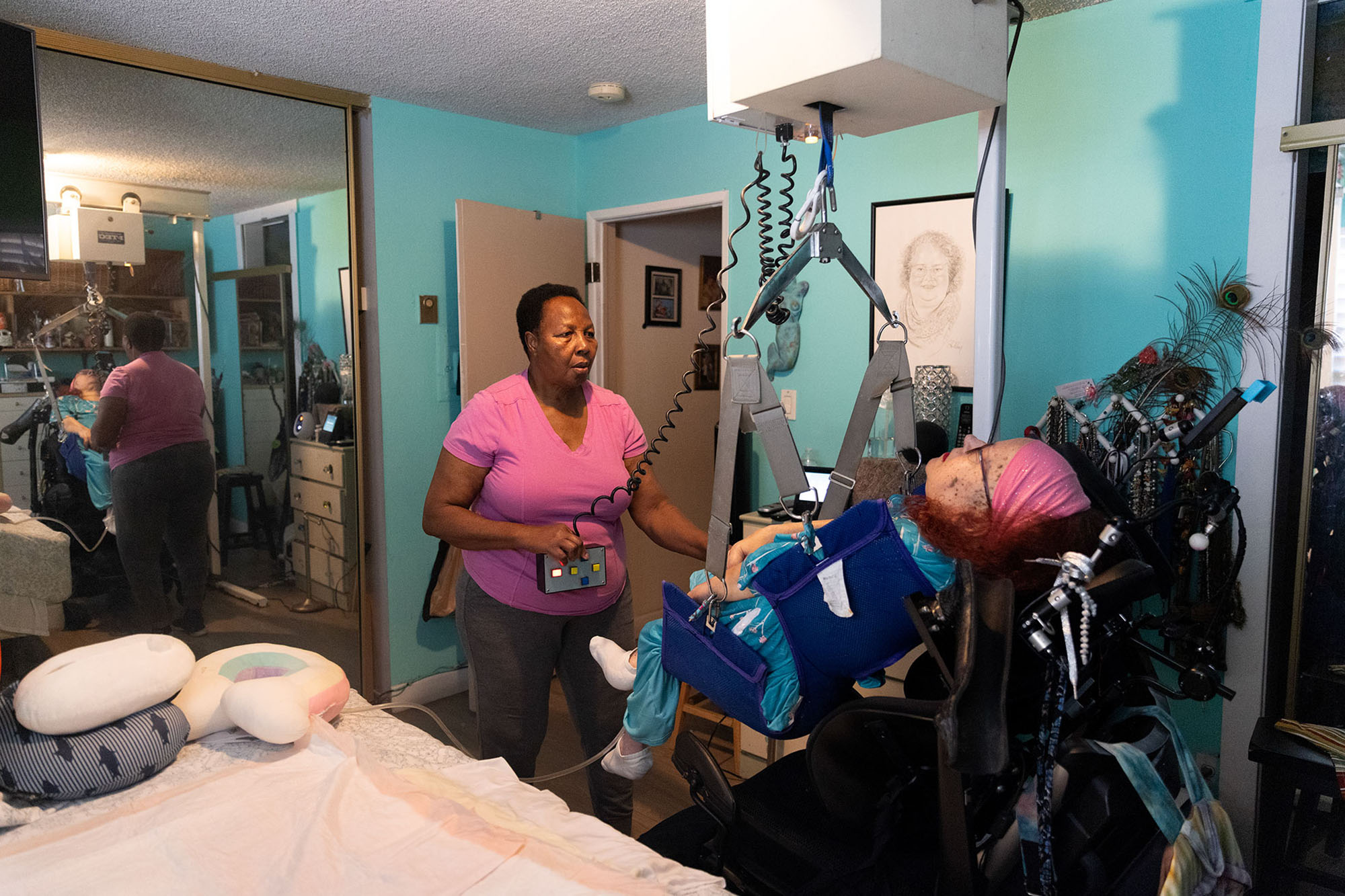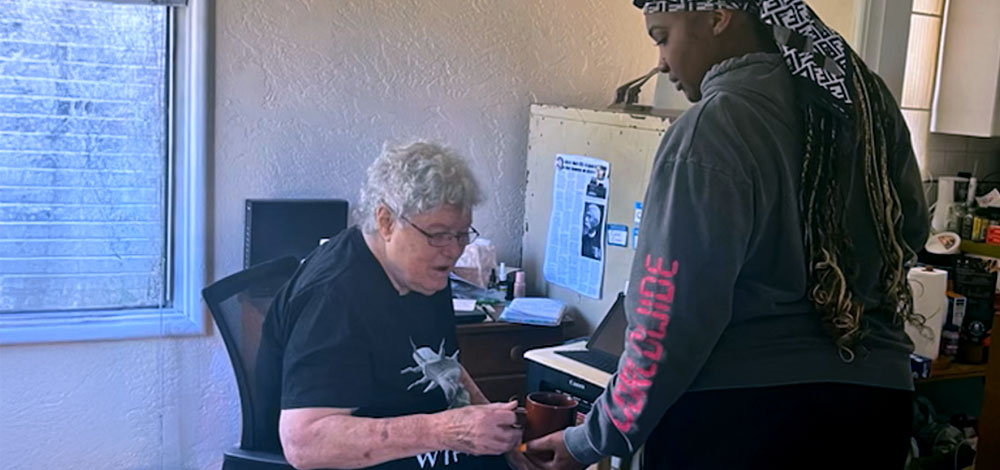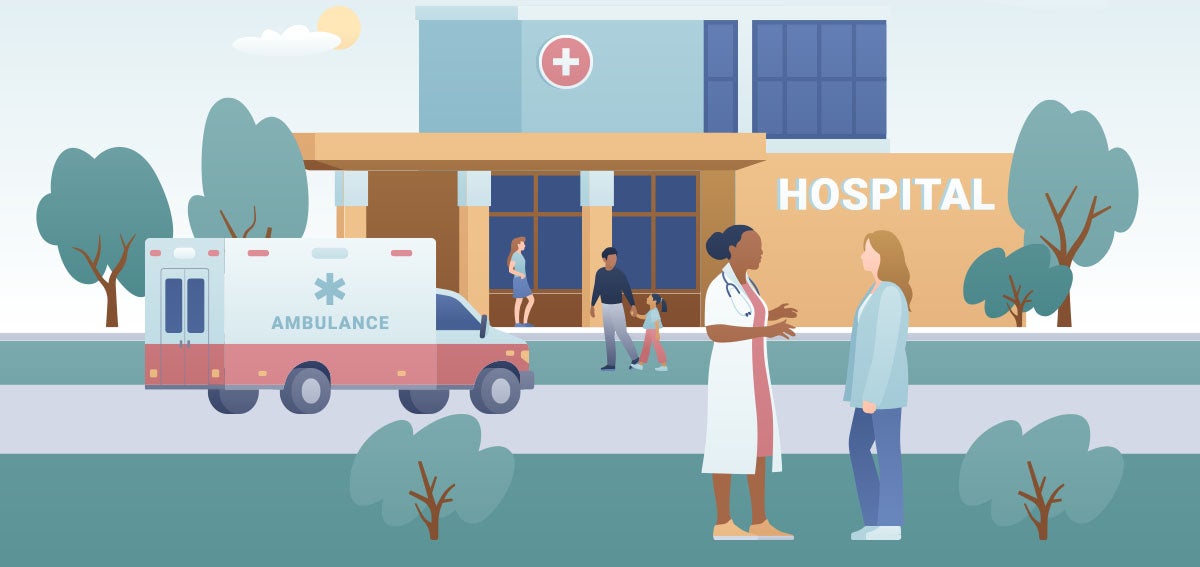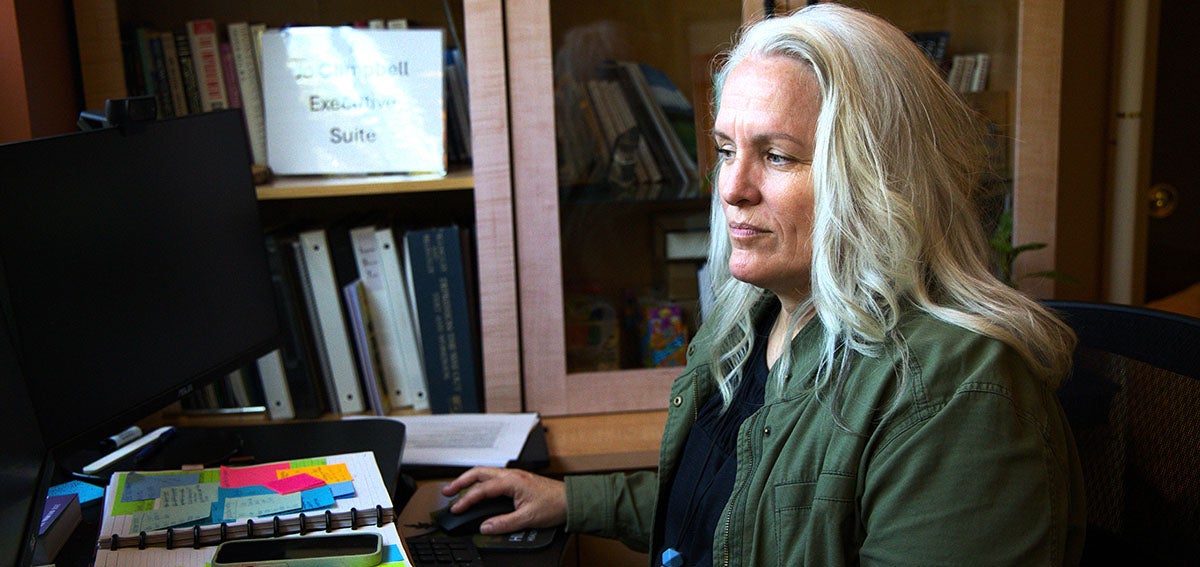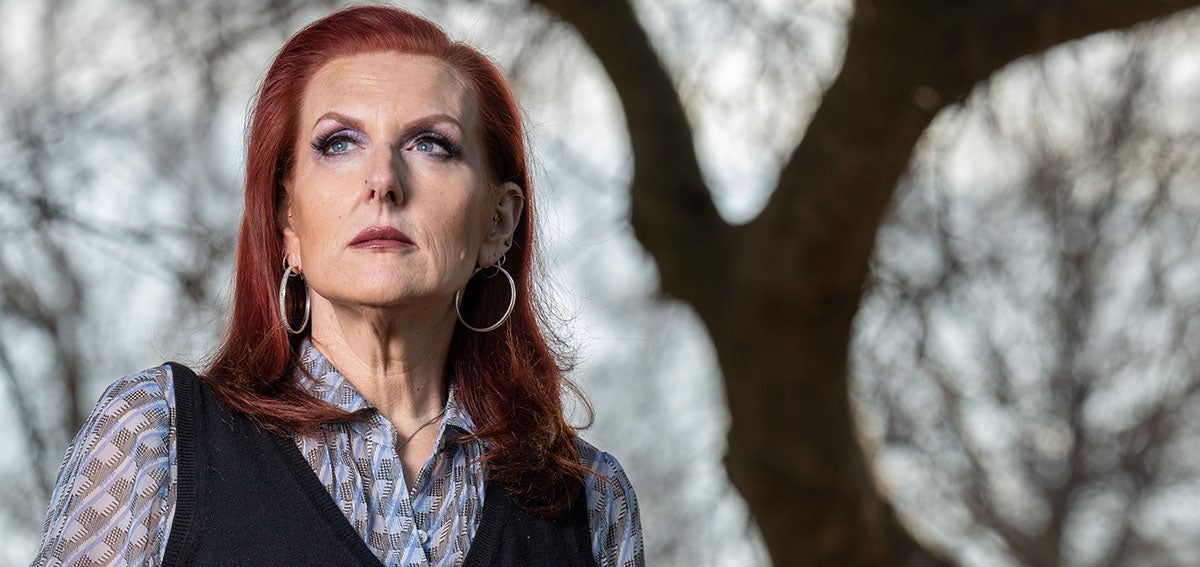
Editor’s note: People who are released from prison often have serious chronic and deferred health problems. In the first two weeks after gaining their freedom, they are 12 times more likely to die than others because of their health issues and the increased risk of experiencing a fatal overdose. In California about 80% of people leaving jail and prison qualify for Medi-Cal, but the process of accessing care and getting the program to pay for it is not always straightforward.
In January as part of its CalAIM initiative, the state received permission from the federal government for Medi-Cal to pay for various health services for some incarcerated people before they are released. In their last 90 days in prison or jail, people would be eligible to receive Medi-Cal–covered assessment and treatment. The idea is to establish coverage and a connection to physical and behavioral health providers before being released to help people maintain their health and reduce emergency room visits and hospital stays.
Nisi Marie Wilder, 48, was released from prison in December 2019 after being incarcerated for seven years. She was imprisoned on charges of child abuse and child neglect that resulted in the death of one of her two young children. In a recent conversation, she described to health care journalist J. Duncan Moore Jr. how it feels to come out of prison without money, access to care, or freedom to take steps to protect her own health. Duncan shares Wilder’s story in her own words. Her account explains why health care policy changes for people leaving incarceration are needed.
Going into prison, I considered myself relatively healthy. I had type 2 diabetes as well as high cholesterol and high blood pressure. With the stress of my divorce, I had gone on antidepressants, so there were mental health issues of depression and anxiety. Going in, they were all very well managed.
I was not understanding myself as an alcoholic at the time. It was one of those things where, in the back of my mind, I recognized there was a problem, but addiction is its own beast. And I could rationalize anything as a good decision. “Oh, I had a hard day,” or “I need this — this divorce is awful.”
I had spent so long saying I didn’t have a problem, playing those mental games that addiction does, never thinking about the consequences. These consequences were devastating. My family is still suffering from the ripples and results of my decision.
That was my decision, to take the first drink. There is no way to take that back and make it better. I had plenty of opportunities 10 years ago. I was so self-unaware that I could not admit to myself that I was drowning.
The regret is real, and it is all mine to own. It happened on my watch. There is no excuse, whether there was a divorce or not. I must be accountable for the decisions that I made and take responsibility for the consequences of those decisions.
That’s why I do speak out about prison life and release. I want more people to hear my story. There may be somebody out there who is drowning but doesn’t realize they don’t have to.
My sentence was 10-and-a-half years; I ended up doing about seven years, most of it at Chowchilla, Central California Women’s Facility, outside Fresno.
Once I was in prison, I was able to maintain my health status for the chronic issues I came in with, but that’s mostly because I’m proactive. I had to monitor things more on my own and fight for what should be basic stuff.
A Bureaucratic Fumble
When I did my parole planning, they did have me fill out the forms for Medi-Cal, and they said, “This way, when you get out, you’ll be covered.”
“Great,” I thought.
But actually, nothing happens. On the day you get released, they issue you 30 days’ worth of your medications. So, you have basically 30 days to figure it all out just to get refills.
I expected that when I was released from prison, I would go back to the Sacramento area and live with my parents and grandmother. But when my parole papers came down about 90 days before release, I was not allowed to live within 35 miles of Sacramento. I suddenly had nowhere to go. It was a mad scramble. For some random reason, they were planning to just drop me on the street in Marin County.
Then, about 30 days before I got out, they told me I was going to Solano County to a program they had found. I had requested a sober living environment, but they ended up putting me in a three-month program — I call it a lockdown program. It’s very restricted. You can’t go anywhere. You can’t have a job. You weren’t allowed visitors.
When I got to Solano County, the program took me to a county office to get my Medi-Cal established. But because they had originally planned to drop me in Marin County, the parole planner had filed the paperwork in Marin County, not Solano County. That made it more difficult for me to establish coverage.
Overwhelming Emotions
Getting out of prison is terrifying. I’d been seeing a psychiatrist when I was in prison, and I was on antidepressants. Getting out, I wanted to continue mental health care. That was one of my biggest struggles, trying to find somebody, because my Medi-Cal hadn’t kicked in yet. It was weeks before I had any kind of coverage whatsoever.
So, I ran out of my medications. I called Solano County Behavioral Health and asked them for referrals or for help, but they said, “Because you don’t have your Medi-Cal, we can’t help you.” And that is when you’re ripe for relapse, when you’re facing these giant challenges in your life. And I’m feeling very alone because I’m in this town where I know nobody. I’m in this lockdown program, so I can’t meet anybody. I can’t go out and do anything. I’m stuck.
These are prime factors for making people just crash again. Trying to get a therapist when the Medi-Cal hadn’t kicked in yet. . . . I was lost, I was completely lost.
There was really nowhere to turn. And on top of that, I’d lost my daughter, which is what sent me to prison. I had never processed the grief of losing my one daughter and not being able to see my other daughter, and my family blowing up, and my life blowing up, and my career blowing up.
Now here I am, just dropped into the world. Everything I’ve known is gone, and I need some help.
I had always been Type A. I was a software engineer, and I had always had a job and a life with purpose. And I’m sitting here just floundering. I didn’t know how I would start again. It was a really despondent time.
After several weeks, a counselor at Wilder’s program connected her to Transitions Clinic Network (TCN), a national web of community health centers that specialize in care for people returning to the community from incarceration. Wilder was seen at TCN affiliate La Clínica de la Raza in Vallejo and assigned to community health worker MaDonna Garcia-Crowley.
They got me in for a physical and went over all of my different health issues to get me established. Even though my Medi-Cal enrollment hadn’t gone through, they still saw me. Otherwise, it would’ve been many, many weeks before I could be seen.
It was MaDonna at the Transitions Clinic who paid for me to get my meds. She even went and picked them up because I was in this lockdown program with no transportation.
Finally, the Medi-Cal came through. It was the first time in my life I’d ever been on Medi-Cal. I was super impressed with what they covered. I was able to get a therapist. I got glasses, and I got a dermatology checkup. To my surprise I suddenly developed psoriasis, and Medi-Cal covered all of that.
Closing Gaps
What the general public doesn’t understand about prison is that for most of the people who have just gotten released , there is little understanding of how to get medical care and how insurance works — especially, if these are folks who’ve spent the majority of their lives in prison. If I didn’t have the life experiences that I had, I wouldn’t even know where to begin if I were sick. The only thing I would think of is, “I guess I’ll go to the emergency room — that’s all I know.”
I think these new Medi-Cal policies are a great start to closing the gaps. There needs to be some kind of navigator, like what MaDonna’s doing at the Transitions Clinic. Without them, you don’t even know where to start.
Understanding how to access the medical system and how to find a provider is complicated and daunting — especially if you don’t have a phone or access to the internet. When the struggle is just to find a safe place to sleep, trying to track down a doctor can feel low-priority in comparison.
The biggest way to help people stay out of prison is to help them form new bonds, new connections, new habits. And a huge part of that is having the resources to turn to. So, if you’re dropped somewhere and don’t know about those resources or how to access them, you feel very alone.
The biggest psychological barriers to reintegrating with society are loneliness and absence of a support network, which go hand in hand. A lot of people are used to being told “no” all their lives. And so, when faced with a “no,” the fallback is to go back to what you know, and that usually means the people, places, and behaviors that got you into prison in the first place.
If I’m just getting out, an already-scheduled connection to care outside prison ensures that I won’t have to struggle to refill my prescriptions. I’ll be able to get referrals to mental health services, recovery support, and anything else I might need. Most important, it would go a long way toward solving that overwhelming feeling of not knowing how to get help or who to turn to. Because it’s in those helpless moments that bad choices start to feel like the only choice.
Authors & Contributors
Nisi Marie Wilder
Nisi Marie Wilder is a former California prison inmate who experienced difficulty arranging to have uninterrupted access to health care services upon her release from incarceration.
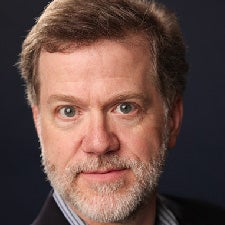
J. Duncan Moore Jr.
J. Duncan Moore Jr. is a freelance writer based in Kansas City, Missouri, who has been writing about health care for more than 25 years. He is a founder of the Association of Health Care Journalists.

José Luis Villegas
José Luis Villegas is a freelance photojournalist based in Sacramento, California, where he does editorial and commercial work. He has coauthored three books on Latino/x baseball. His work appears in the Ken Burns documentary The 10th Inning and in the ¡Pleibol! exhibition that debuted at the Smithsonian Institution’s National Museum of American History and has been appearing at museums around the country.
Villegas’s work has been exhibited at the Museum of Fine Arts-Houston; the Baseball Hall of Fame in Cooperstown, New York; and at the Oakland Museum of California. Villegas also works as a medical photographer at Shriners Hospital in Sacramento.

